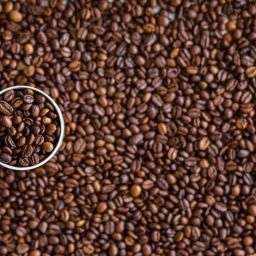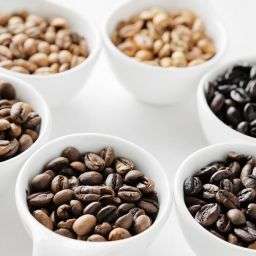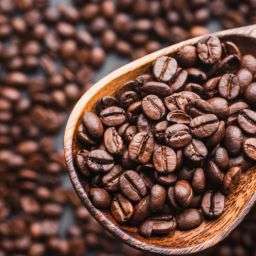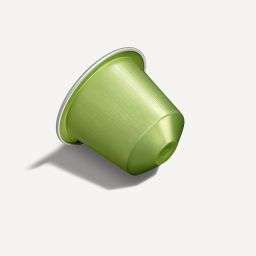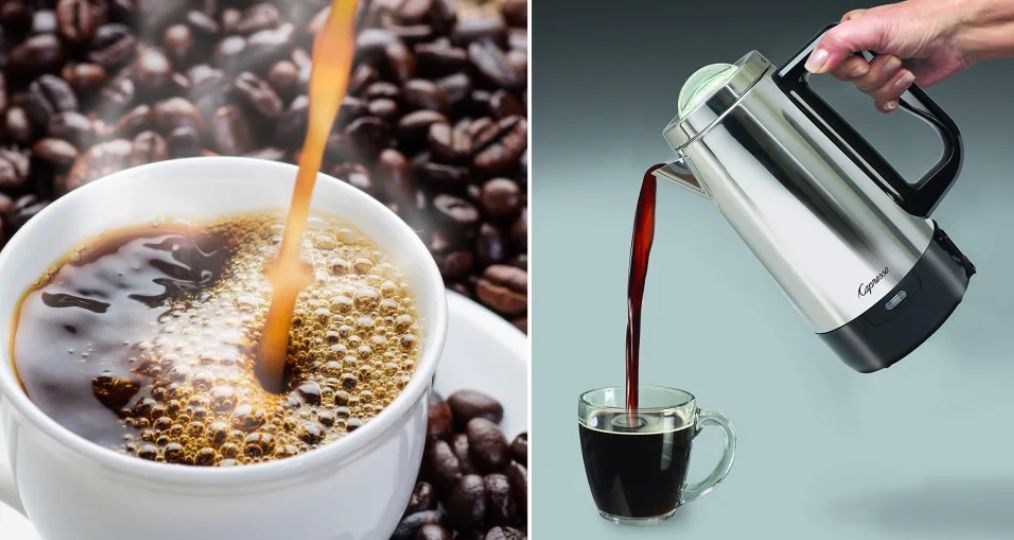
Electric coffee percolators bring a touch of nostalgia with the convenience of modern technology to your coffee brewing routine. Unlike drip coffee makers or French presses, these gadgets are known for their robust, full-flavored coffee. The charm of electric percolators lies in their simplicity and the rich, aromatic coffee they produce, making them a favorite among coffee enthusiasts who appreciate a strong brew.
Key Takeaways
- Choose the Right Coffee Roast and Grind Size: The choice of coffee roast and grind size can make or break your percolator coffee experience. Light to medium roasts are recommended, as dark roasts tend to become bitter when subjected to the percolation process. A coarse grind is ideal, preventing the common percolator problem of coffee grounds ending up in your cup.
- Significance of Coffee-to-Water Ratio: The coffee-to-water ratio is crucial for achieving the perfect strength and flavor. Starting with a 1:15 ratio (about 2 grams of coffee per ounce of water) is a good rule of thumb, adjusting based on your taste preference for stronger or weaker brews.
- Material Considerations: When it comes to selecting a percolator, material matters. Stainless steel is the gold standard for both the pot and the coffee filter. It doesn’t impart any unwanted flavors into your brew and ensures a clean taste. Avoid percolators with plastic or aluminum parts, as they can affect the coffee’s flavor and may leach harmful chemicals.
- Brew Speed Variances: Different electric percolators come with varying brew speeds. This means some models can brew a pot faster than others. While a quick brew is convenient, the quality of the coffee should always come first. Finding a balance between speed and taste will help you choose the right percolator for your needs.
Step-by-Step Guide to Using an Electric Coffee Percolator
Embarking on your journey with an electric coffee percolator is an exciting venture into traditional coffee brewing methods, enhanced with the convenience of modern technology. Let’s break down the steps to ensure you brew the perfect cup of coffee every time.
Choosing Your Coffee: Medium to Light Roasts Recommended
When selecting your coffee beans, the roast is more than just a flavor profile; it’s a crucial factor that influences the final taste of your brew. Medium to light roasts are ideal for percolation. These roasts bring out a balanced flavor that is neither too harsh nor too weak, allowing the unique characteristics of the coffee to shine through. Dark roasts, on the other hand, can become overly bitter due to the repeated circulation of water through the grounds during the percolation process.
Grinding Coffee to the Correct Coarseness to Prevent Sludge
One of the timeless challenges of using a percolator is avoiding the dreaded coffee sludge at the bottom of your cup. The solution lies in the grind size. Coarse grinds are your best friend here, as they are less likely to slip through the filter and into your brew. A coarse grind also ensures a slower extraction process, reducing the risk of over-extraction and bitterness. If your grind is too fine, you risk not only bitterness but also the possibility of clogging the percolator’s filter.
Measuring the Right Coffee-to-Water Ratio
Achieving the perfect balance of strength and flavor in your coffee involves mastering the coffee-to-water ratio. A general starting point is a 1:15 ratio of coffee to water (about 2 grams of coffee per ounce of water). This ratio serves as a solid baseline, but don’t be afraid to adjust according to your personal taste preferences. If you find your brew too strong, scale it back a bit; too weak, and you might want to add a little more coffee. Experimentation is key to finding your ideal balance.
Brewing Process
Brewing with an electric coffee percolator is a straightforward process that leads to a deliciously strong cup of coffee. Here’s how you can achieve that perfect brew:
- Filling the Water Reservoir and Adding Coffee to the Filter: Start by pouring cold water into the percolator’s reservoir up to the desired level. Remember, the amount of water you add determines the number of cups you’ll brew. Next, add your coarsely ground coffee to the filter basket. The general recommendation is about 1-2 tablespoons of coffee per cup of water, but feel free to adjust this based on how strong you like your coffee.
- Starting the Percolation Process: Plug in the percolator and switch it on to start the brewing process. As the water heats, it will move up a tube and sprinkle over the coffee grounds, then filter back down into the reservoir. This cycle repeats, gradually building a rich and robust coffee flavor.
- Knowing When the Coffee is Ready: Electric percolators often have a ready light or will automatically turn off when the brewing process is complete. This usually takes about 7-10 minutes, depending on the model. Some percolators make a distinctive sound when done, so keep an ear out for that classic percolating finish.
After Brew Care and Cleaning
Maintaining your electric coffee percolator is key to ensuring it continues to produce great-tasting coffee. Here’s how to keep it in tip-top shape:
- Immediate Cleaning: Right after brewing, dispose of the used coffee grounds and rinse the basket. Wash the pot with warm, soapy water. This step prevents coffee oils from building up, which can affect future brews’ flavor.
- Deep Cleaning Methods: To tackle stains and oil residue, fill the reservoir with a mixture of water and vinegar or baking soda. Let it brew for about 10 minutes, then discard the water. If you used vinegar, you might need to run another cycle with just water to eliminate any lingering vinegar smell. This deep cleaning should be done every few months or as needed, depending on your usage.
Percolator Coffee Vs. Other Brewing Methods
Percolator coffee stands out for its robust flavor and strong aroma. Unlike the drip method, which filters water through coffee grounds only once, percolators recycle water through the grounds multiple times, resulting in a stronger brew. Compared to French press coffee, which also offers a rich taste, percolator coffee tends to be more robust because of its continuous brewing cycle. Pour-over methods, known for highlighting subtle flavor notes, contrast with the bold and hearty flavor profile typical of percolator coffee.
Historically, coffee percolators have evolved significantly since their inception in the early 19th century. Their development reflects a quest for improving the quality and convenience of brewed coffee, leading to the electric percolators we know today, which automate much of the process.
Tips for the Best Percolator Coffee
To ensure the best possible cup from your percolator, start with high-quality beans. The roast and grind consistency are crucial—medium to light roasts ground coarsely are ideal. This prevents bitterness and ensures a smooth flavor. Also, consider adjusting the brewing time to suit your taste preferences. Shorter brewing times result in a lighter taste, while longer times will intensify the flavor.
FAQs
- How many scoops of coffee do I put in my electric percolator? A good starting point is one scoop of coarsely ground coffee per cup of water. Adjust according to taste for a stronger or lighter brew.
- How do you know when coffee is ready in an electric percolator? Most electric percolators will have a ready light or automatically turn off. Listen for the change in sound, indicating the brewing cycle is complete.
- Can I use fine grind coffee in a percolator? It’s best to avoid fine grinds as they can pass through the filter, leading to bitter coffee and sediment in your cup. Stick with a coarse grind for optimal results.
Final Thoughts
Using an electric coffee percolator brings a unique joy and satisfaction to the coffee brewing process. Its ability to produce rich, full-flavored coffee, combined with the simplicity of its operation, makes it a beloved method for many. By adhering to guidelines on grind size, coffee-to-water ratio, and proper cleaning, you can ensure a superior coffee experience. Whether you’re a seasoned percolator enthusiast or new to this method, embracing these tips will elevate your coffee game.


